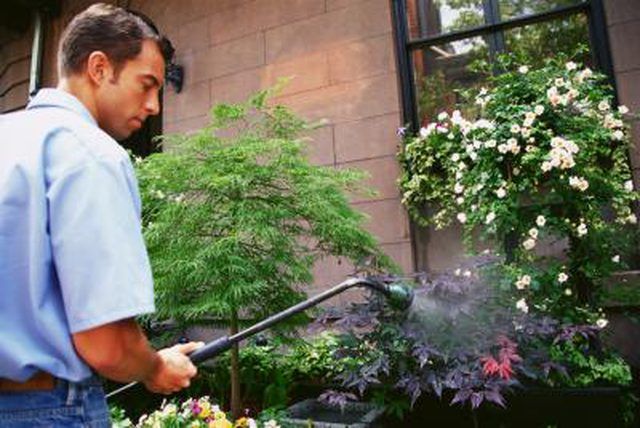Bulbs
Flower Basics
Flower Beds & Specialty Gardens
Flower Garden
Garden Furniture
Garden Gnomes
Garden Seeds
Garden Sheds
Garden Statues
Garden Tools & Supplies
Gardening Basics
Green & Organic
Groundcovers & Vines
Growing Annuals
Growing Basil
Growing Beans
Growing Berries
Growing Blueberries
Growing Cactus
Growing Corn
Growing Cotton
Growing Edibles
Growing Flowers
Growing Garlic
Growing Grapes
Growing Grass
Growing Herbs
Growing Jasmine
Growing Mint
Growing Mushrooms
Orchids
Growing Peanuts
Growing Perennials
Growing Plants
Growing Rosemary
Growing Roses
Growing Strawberries
Growing Sunflowers
Growing Thyme
Growing Tomatoes
Growing Tulips
Growing Vegetables
Herb Basics
Herb Garden
Indoor Growing
Landscaping Basics
Landscaping Patios
Landscaping Plants
Landscaping Shrubs
Landscaping Trees
Landscaping Walks & Pathways
Lawn Basics
Lawn Maintenance
Lawn Mowers
Lawn Ornaments
Lawn Planting
Lawn Tools
Outdoor Growing
Overall Landscape Planning
Pests, Weeds & Problems
Plant Basics
Rock Garden
Rose Garden
Shrubs
Soil
Specialty Gardens
Trees
Vegetable Garden
Yard Maintenance
How to Make Your Own Liquid Lawn Fertilizer
How to Make Your Own Liquid Lawn Fertilizer. Making your own liquid fertilizer is a cost-effective way to provide nutrients quickly to plants. Liquid fertilizers require frequent applications, between every two to four weeks; consequently, such a vigorous fertilizing routine can leave a dent in your budget. Many of the ingredients for one type of...

Making your own liquid fertilizer is a cost-effective way to provide nutrients quickly to plants. Liquid fertilizers require frequent applications, between every two to four weeks; consequently, such a vigorous fertilizing routine can leave a dent in your budget. Many of the ingredients for one type of liquid fertilizer can be found in your home. Mix up a large batch to use it on your grass and ornamental plants.
Things You'll Need
Bucket
Gloves
Mask
Beer
Soda
Ammonia
Corn syrup
Molasses
Dish soap
Mouthwash
Hose sprayer
Garden hose
Pour one can of any kind of beer and one can of carbonated soda in a bucket. Beer and soda can provide grass a great source of the carbohydrates needed for growth.
Add one cup of ammonia to the mixture. Ammonia provides nitrogen to the soil, which essential for plant growth. Be sure you wear gloves and mask when handling ammonia; its fumes can be toxic.
Combine the mixture with one cup of corn syrup or molasses. The corn syrup or molasses contribute carbohydrates and sugars that can be used by grass. Molasses also contains iron for aiding the greening process.
Stir in one cup of dish soap and half a cup of mouthwash. The dish soap will help the fertilizer stick to the grass for absorption and the mouthwash can kill off insects. Make sure you do not use anti-bacterial soap, because it can kill healthy microbes.
Pour all ingredients in a 10-gallon hose sprayer and attach to your garden hose. Walk back in forth in a line across your lawn. Apply an even application by spraying from side to side. Water your yard thoroughly after application.
Tips & Warnings
Make spraying your yard easier by breaking up your yard into sections before spraying.
Keep your grass watered every day for three days before applying fertilizer to decrease the risk of burning your grass.